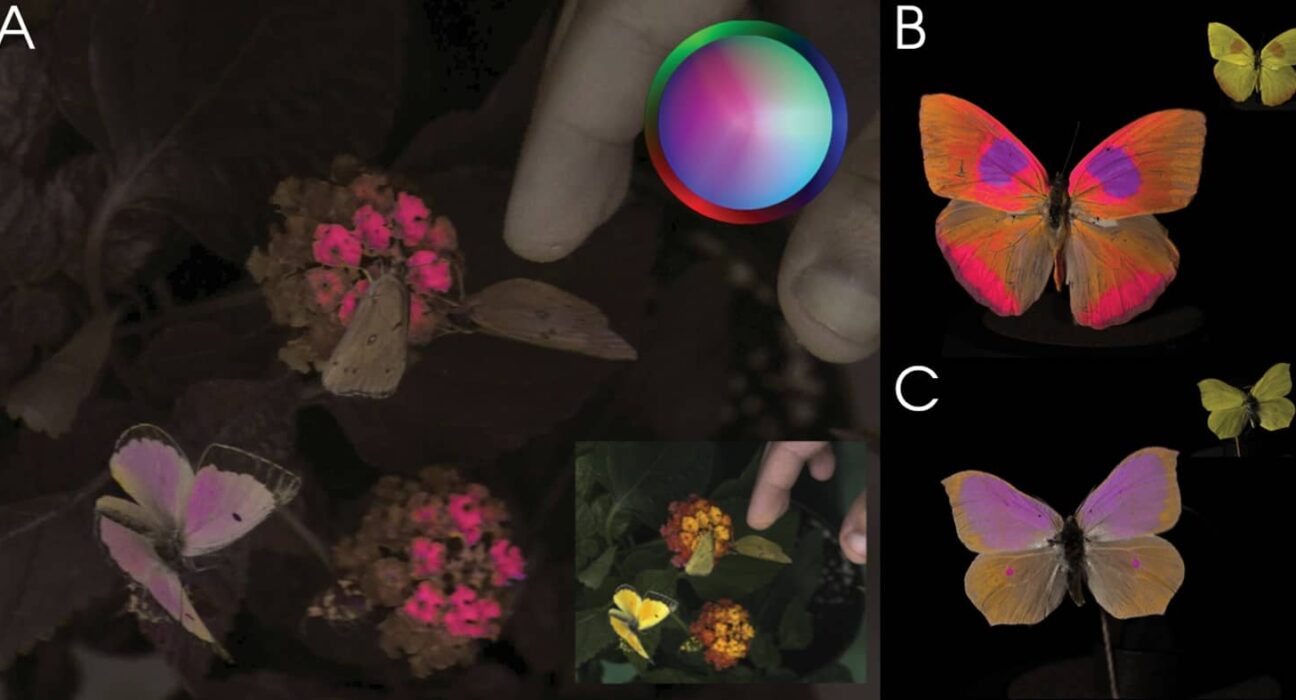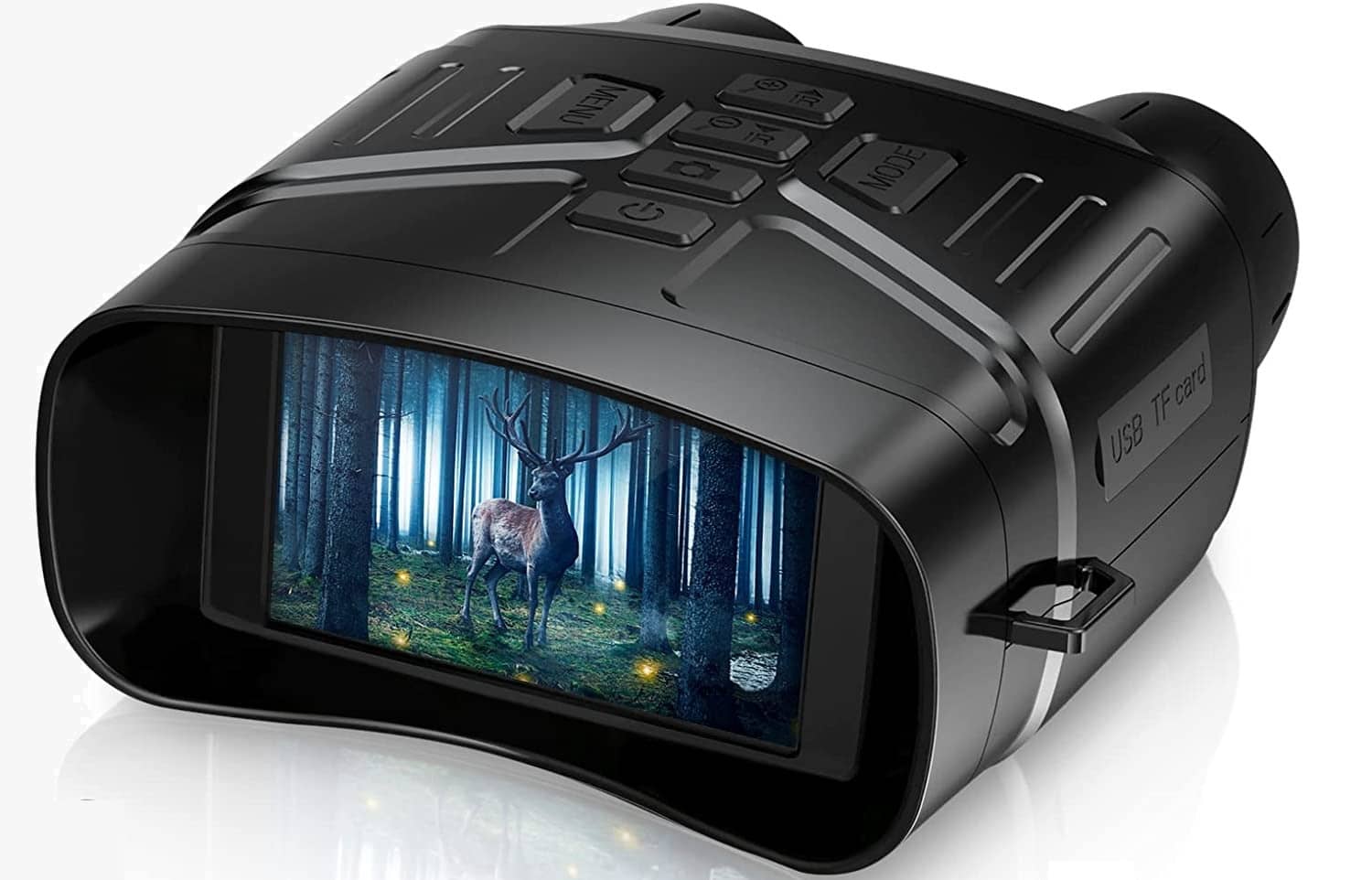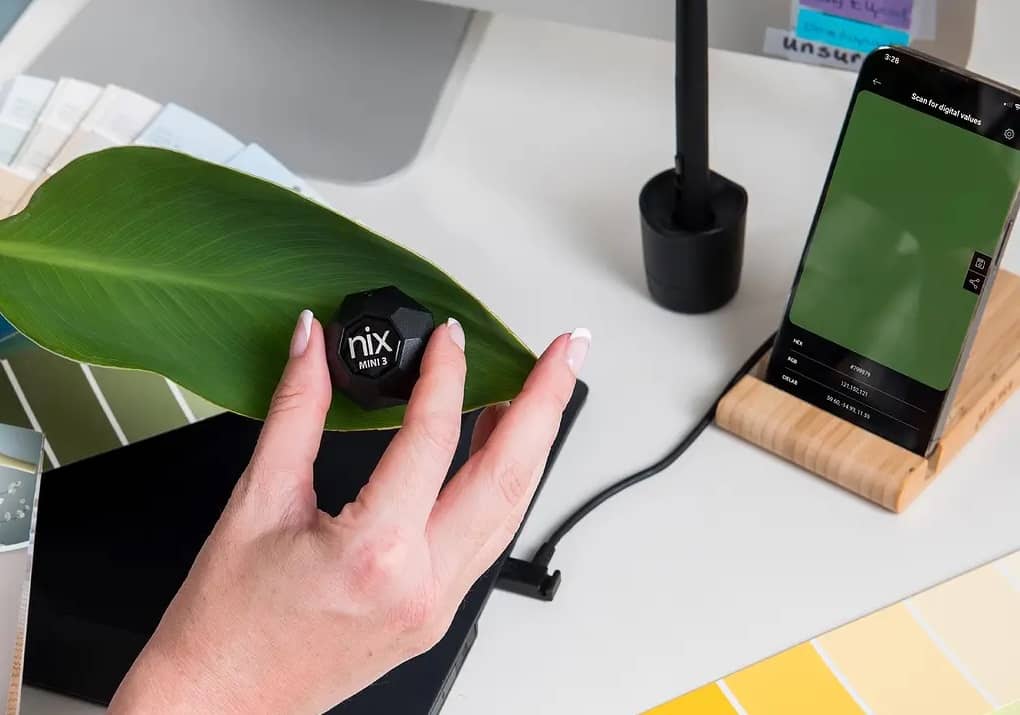In the intricate tapestry of our planet’s biodiversity, each species perceives the world through a unique lens of colors invisible to human eyes. Now, a groundbreaking piece of technology promises to unveil the vibrant palette seen by animals, transcending the limits of conventional methods.
Developed by a collaborative team of researchers from the U.K. and the U.S., the innovation combines cutting-edge hardware and software, creating a dynamic system to capture and recreate the colors perceived by creatures like bees and birds. While human vision boasts sharpness and detail, animals possess extraordinary visual abilities, perceiving wavelengths beyond our spectrum.
“The system works by splitting light between two cameras, where one camera is sensitive to ultraviolet light while the other is sensitive to visible light. This separation of ultraviolet from visible light is achieved with a piece of optical glass, called a beam splitter. This optical component reflects UV light in a mirror-like fashion, but allows visible light to pass through just the same way as clear glass does,” study authors Daniel Hanley, an associate professor of biology at George Mason University, and Vera Vasas, a biologist at the Queen Mary University of London, told Gizmodo in a joint email. “In this way the system can capture light simultaneously from four distinct wavelength regions: ultraviolet, blue, green, and red.”
The collected data undergoes transformation by sophisticated software, converting it into “perceptual units” aligned with the known photoreceptor sensitivity of the animal. The result? Images and, for the first time, precise moving videos that authentically portray the kaleidoscopic world perceived by nonhuman creatures.
In a recent study published in PLOS Biology, researchers tested the system’s accuracy in translating the colors seen by honeybees and UV-sensitive birds from objects like butterflies. In comparison to the gold standard spectrophotometry, their system demonstrated an impressive range of accuracy, reaching from 92 to 99 percent depending on environmental conditions.
This breakthrough technology, designed to surpass existing limitations, not only holds promise for enhancing future nature documentaries but also opens new avenues for scientific exploration. Funded by the National Geographic Society, the project, which includes award-winning nature photographer and filmmaker Neil Losin, aims to unravel previously unexplored aspects of the natural world.
The researchers have generously embraced an open-access approach, making their hardware designs and software code available to the public. This transparency encourages collaboration and innovation within the research and film community, fostering an environment where collective efforts can refine and adapt the system for broader applications.





